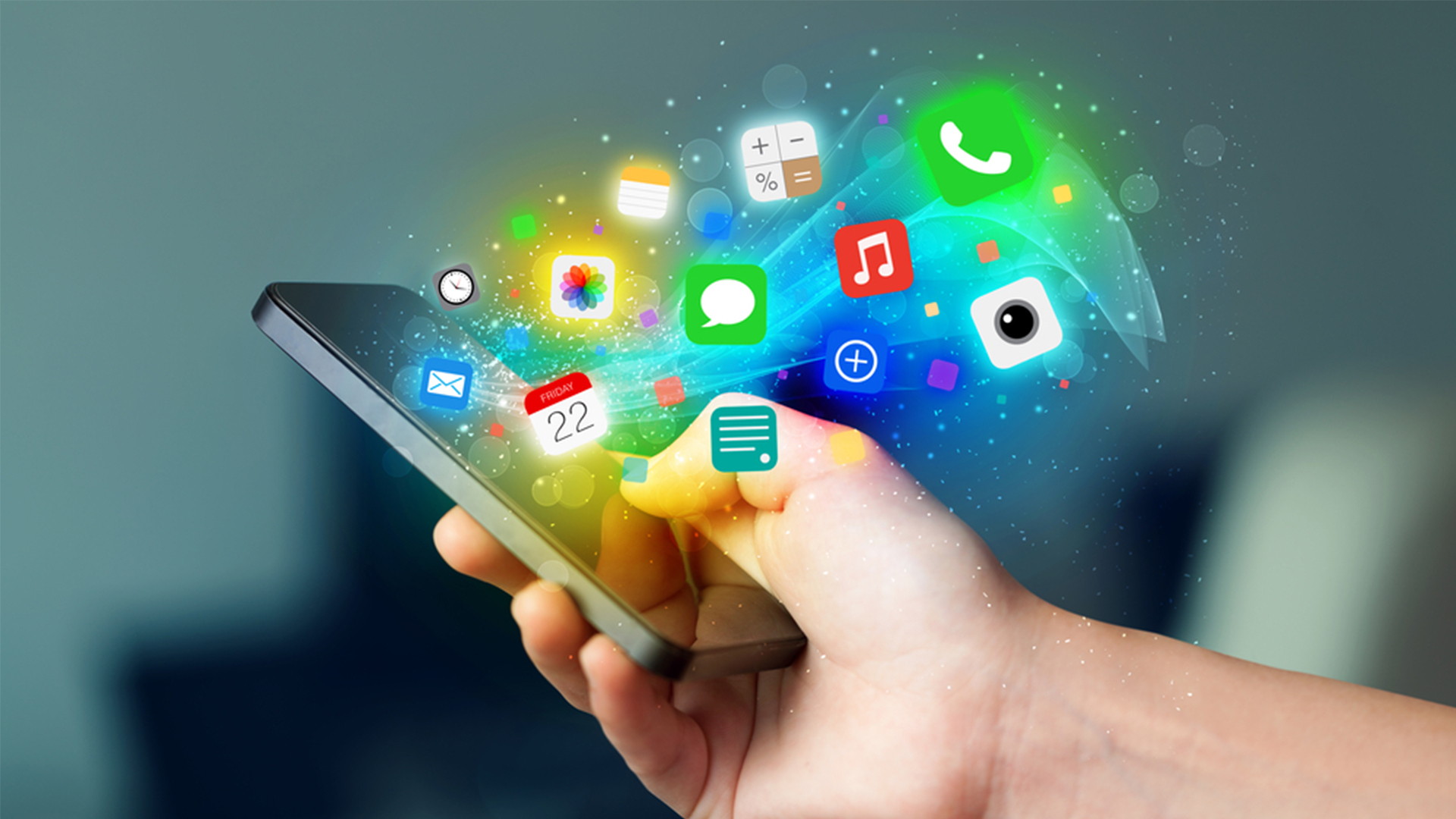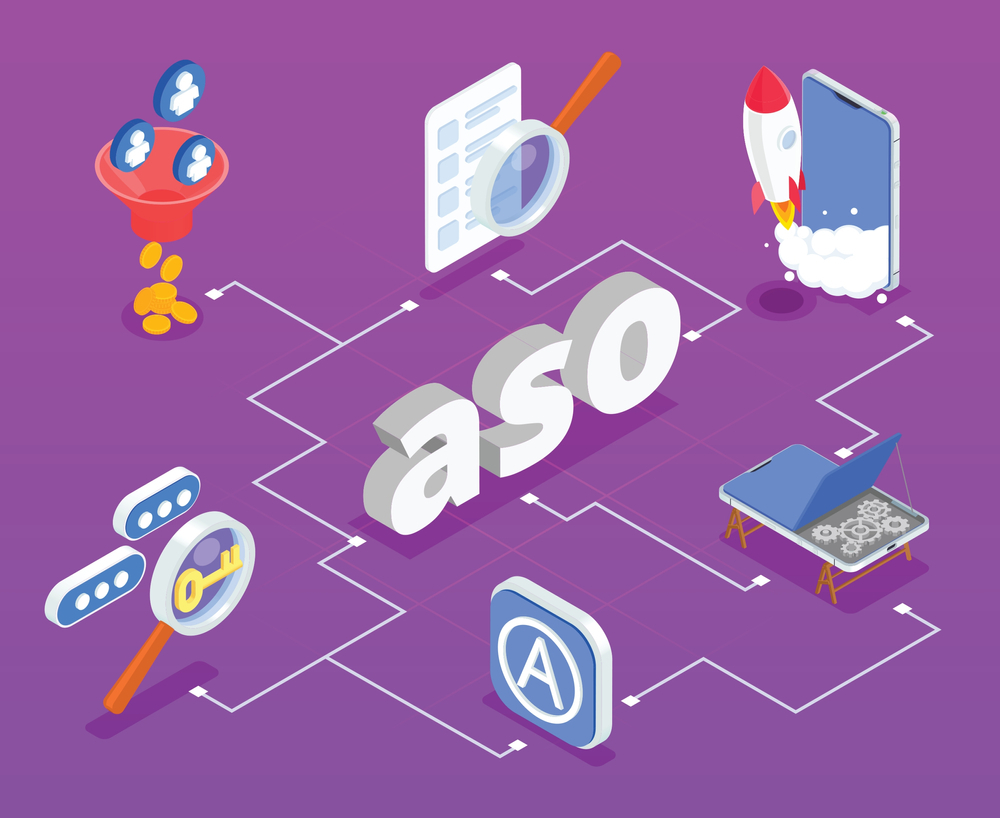Developing customized software can be a challenging and time-consuming task. But, you can make it easier by choosing the right software development partner. Choosing a good software development partner results in; fewer mistakes, decreased costs, fully functional software. In this blog, we’ll look at seven factors to help you choose the right software development partner.
Crucial Factors To Choose Software Development Partner
Experience and Expertise
The amount of experience your software development partner brings to the table will greatly influence how quickly and effectively they get the job done.
Having a good amount of experience means that the software will be completed in less time and with fewer bottlenecks. This means that the software will be live sooner, and be ready for stakeholders to use in the foreseeable future.
Now, how do you evaluate the experience and expertise of your software development partner? Here are a few things that you can look for:
- The qualifications, quality, and number of employees present in their development team.
- A vast portfolio of successful projects that they have delivered to clients.
- Past projects that are similar to your customized software.
Development Methodology
Which development methodology your software development partner uses will greatly influence how quickly they develop the software, and how well they incorporate feedback from your side. Some of the most common methodologies that software development partners use are:
- The Agile Methodology: This methodology focuses on providing flexibility and adapting to changing user requirements.
- The Waterfall Methodology: This methodology has a linear approach with clearly defined stages (requirement, design, development, testing, and deployment).
- Dev Ops Methodology: This methodology encourages focus among the Dev(development) and Ops(operations) teams to improve software delivery and deployment.
- Rapid Application Development: This methodology focuses on continuous prototyping and user feedback to provide results to the user.
- Lean methodology: The lean methodology focuses on reducing wastage and providing continuous improvement.
- Spiral model: The spiral model combines the procedures of both the agile and waterfall models. Each cycle of the project involves risk assessment, prototyping, development, and evaluation, before moving to the next phase.
For a quick reference, let’s summarize the various features of the methodologies into a table:
| Methodology | Features |
| Agile Methodology | Flexibility and adapting to user requirements as per feedback |
| Waterfall Methodology | Clearly defined stages such as: requirements, design, development, testing, deployment |
| Rapid Application Development | Continuous prototyping and user feedback |
| DevOps Methodology | Promotes synergy between development and operations team |
| Lean methodology | Reducing wastage and continuous improvement |
| Spiral model | Combines features of both the agile and the waterfall model |
So, choose the software development partner that focuses on the development methodology that suits your needs, and provides the best output, within the “nick of time.”
Communication and Cultural Fit
It is said that like attracts like. The same is true when choosing a software development partner for your business. So make sure that you and your desired software development partner have the same cultural fit. You can assess the cultural fit by:
- Take a look at how their organization has been divided into various departments.
- Assessing which communication tools they use, such as JIRA and Slack.
- Analyzing whether a time zone difference will be a matter of concern or not.
Project Management Approach
Which project management approach your software development partner uses will play a major part in determining how they handle projects.
So, consider whether the organization that you choose has a:
- A clear and consistent communication approach.
- A well-defined team structure with a dedicated point of contact to help you share and receive information.
- A team with clear expectations for deliverables, timelines, and budgets.
Having a strong project management team establishes accountability, and ensures that all parties are aligned throughout the development process.
Pricing Model
When choosing a software development partner, make sure that their pricing model suits your needs accordingly. When assessing the price, consider:
- Whether the software development partner is providing you with a fixed cost or an hourly rate.
- Whether they are charging any additional costs or not.
- Having a well-designed payment schedule to maintain your cash flow.
Keep in mind all of these factors when assessing the pricing model of your potential software development partner.
Testimonials and References
When choosing a software development partner, testimonials and references are a great way to analyze whether or not the company has truly backed what it claims to do. You can find company reviews by:
- Researching online for client reviews on (Google, Clutch, and Trust Pilot).
- Requesting references from the company for past clients that it has worked with.
Reviews and testimonials help you build trust that you’re working with a reliable software development partner.
Scalability
When you’re working with an organization to develop software, you need to ensure that the organization that you’re working with is scalable to your needs. Why is scalability important?
Scalability ensures that the software development partner can continuously change according to your needs and allocate the relevant resources needed to further upscale your software.
Now that we know the seven essential factors that you should consider when choosing a software development partner, it’s time to recap what we learned throughout the blog.
The Ending Note
Choosing the right software development partner is crucial for the success of your customized software project. By considering the seven factors we discussed in this blog – expertise and experience, development methodology, communication, and cultural fit, project management approach, pricing model, testimonials and references, and scalability.
You can make an informed decision that sets your project up for a smooth and successful development process. Remember, taking the time to choose the right partner now will save you time, money, and frustration in the long run.









